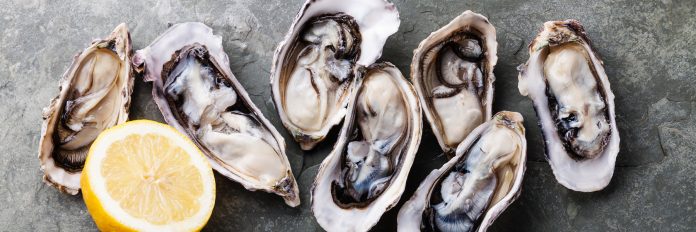Bivalve marine and freshwater molluscs such as mussels, oysters and scallops have been an important source of food for humans for tens of centuries. World trade in bivalve molluscs is around 20 million tonnes valued at over US$18 billion. They also serve an important role in the environment by filtering particles from contaminated coastal waters.
The consumption of raw or insufficiently cooked bivalve molluscs have been associated with infectious diseases and food poisoning. A new study by researchers at the University of Hull in the United Kingdom reveals that molluscs such as mussels, oysters and scallops have the highest levels of microplastic contamination among seafood.
Microplastics (MPs) arise from waste plastic, which finds its ways into waterways and oceans through improper disposal of plastics, industrial effluents and mismanagement of waste.
The researchers, going through more than 50 studies that investigated the levels of microplastic contamination in fish and shellfish globally between 2014 and 2020, found clear evidence of increase in microplastic contaminants in shellfish. While the study established that these microplastic contaminants cause harm, they are still evaluating the full health implications for humans from consuming shellfish containing microplastics.
To understand the full impact on human consumption, the study team said they needed to establish the levels of microplastics humans are ingesting, by looking at how much seafood and fish is eaten and then measuring the amount of MPs in these creatures.
The study found microplastic (MP) content was 0-10.5 microplastics per gram (MPs/g) in molluscs, 0.1-8.6 MPs/g in crustaceans, 0-2.9 MPs/g in fish. The research also showed that China, Australia, Canada, Japan and the US topped the countries with the largest consumption of molluscs, followed by Europe and the UK.
Molluscs collected off the coasts of Asia were the most heavily contaminated with researchers suggesting that these areas are more heavily polluted by plastic. Worldwide plastic waste is expected to triple to 155-265 million metric tonnes per year by 2060. Once the plastic finds its way into oceans, lakes and rivers it has the potential to end up as microplastic inside shellfish, fish and marine mammals.
The research points to the need to standardise methods of measuring microplastic contamination so that different measurements can be more readily compared. Researchers said more data is needed from different parts of the world to understand how the issue varies between different oceans, seas and waterways.






















